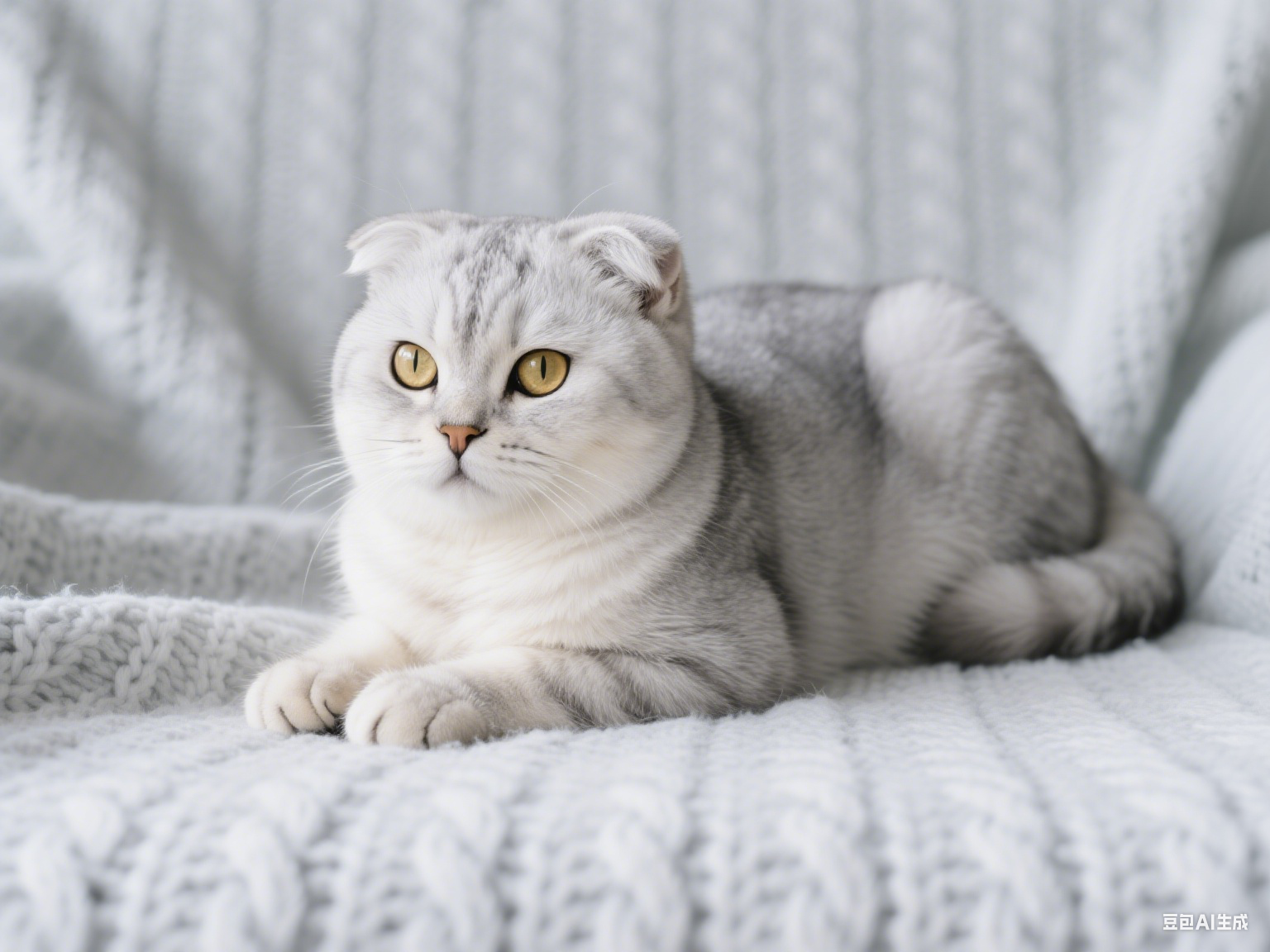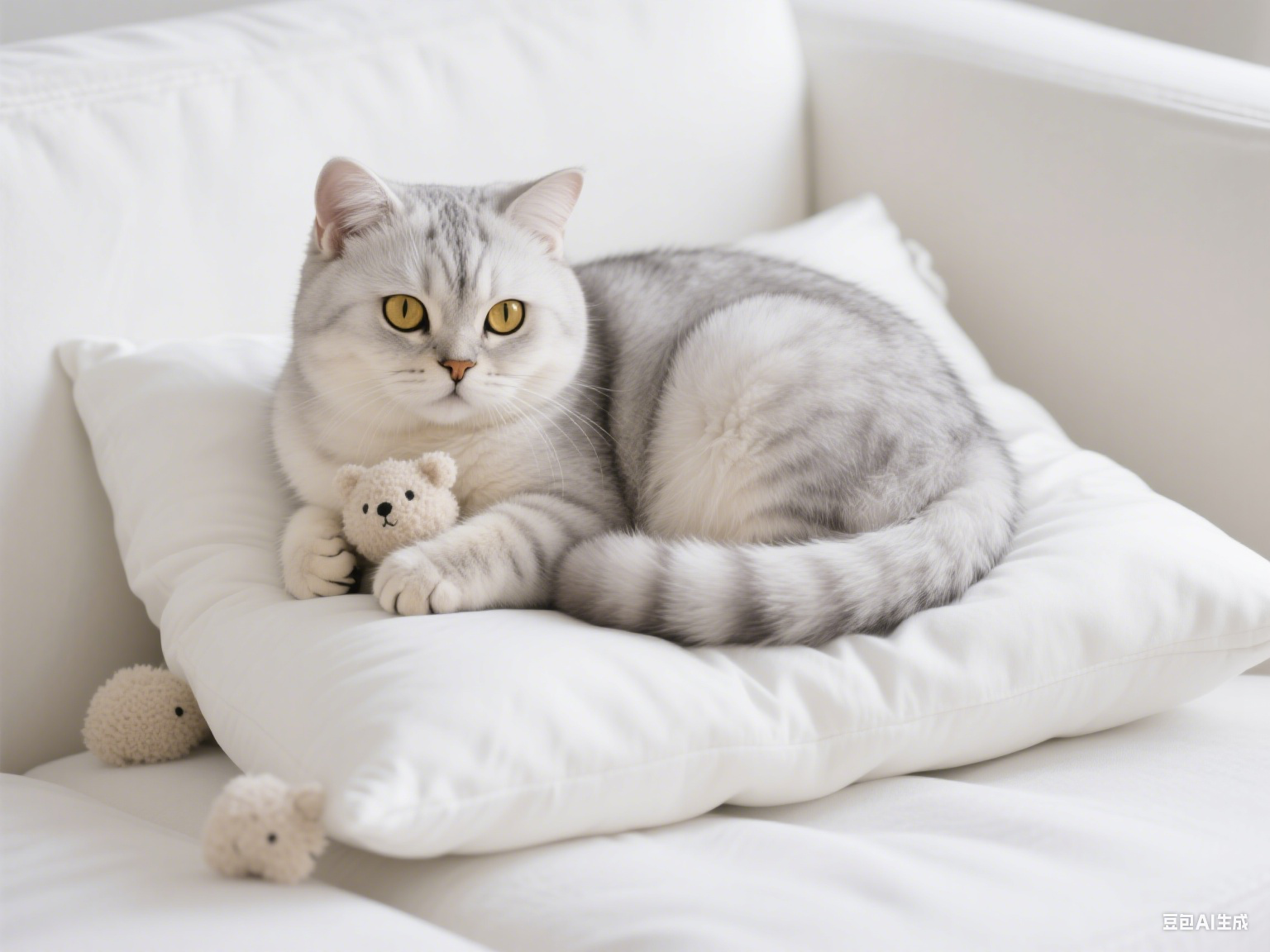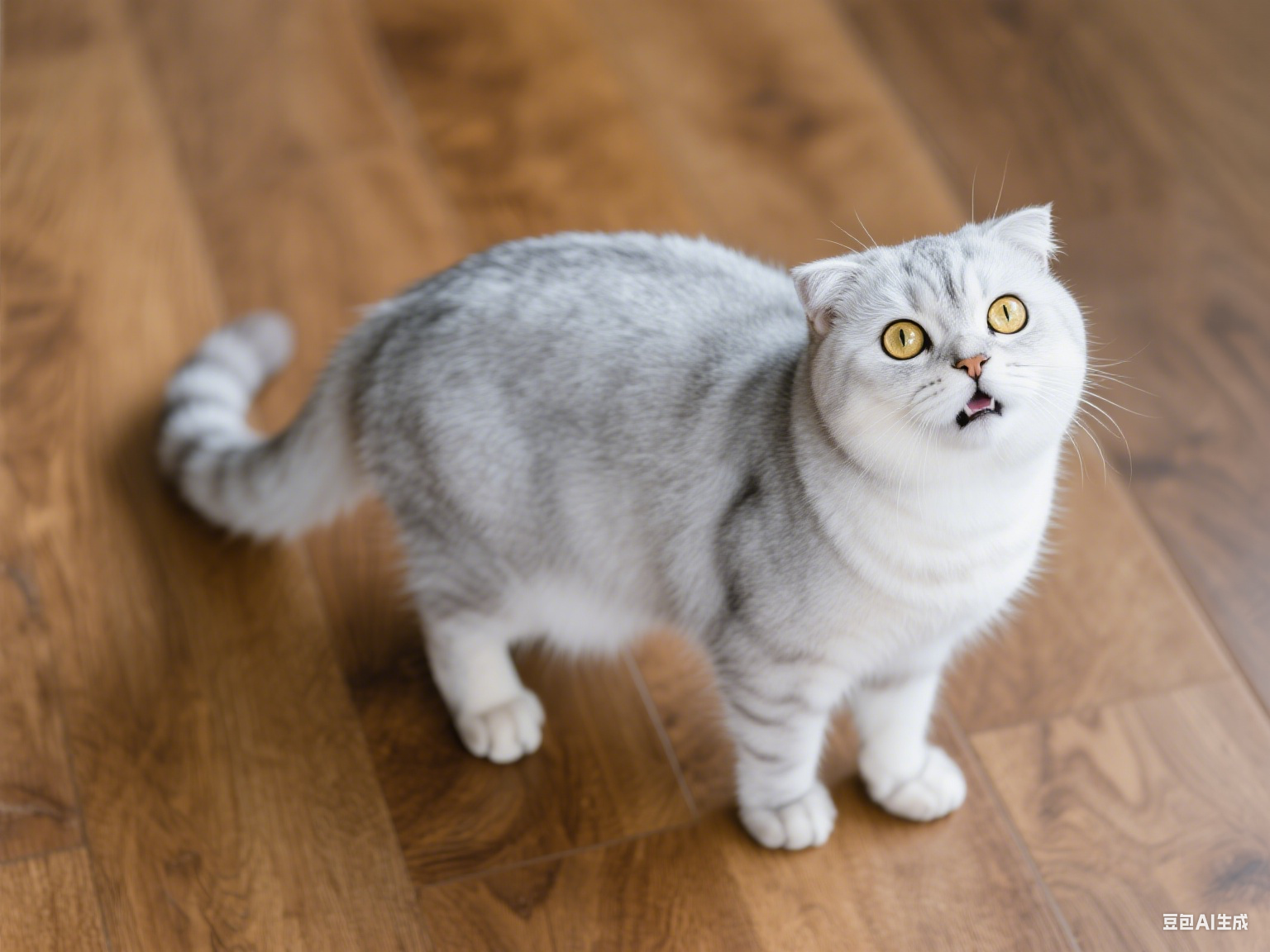

Aug. 06, 2025
In the world of cats, Scottish Fold eared cats have become the "white moonlight" in the hearts of many poop scoopers with their cute and adorable Fold ears. Their round big eyes and soft and cute appearance make people unable to resist wanting to get close. However, behind this cute appearance lies a cruel reality - dysplasia of bone and cartilage. Today, let's uncover the health risks behind this folded eared cat together.

The folded ears of a cat are not born like this, but stem from a genetic mutation. In 1961, a shepherd in Scotland discovered a kitten with ears folded forward, which was the ancestor of the Fold Ear Cat. Later, through artificial breeding, the breed of Fold eared Cat gradually emerged. The gene that causes ear folds is a dominant gene, and as long as cats carry this gene, they may exhibit the characteristic of ear folds. However, it is precisely this gene that brings endless pain to the Fold eared cat.
2、 What is Osteochondrodysplasia?
Scottish Fold eared Cat Osteochondrodysplasia (SFO) is an autosomal incomplete dominant genetic disorder. This disease mainly affects the cartilage development of cats, leading to a series of problems with bones and joints. Simply put, it is the cartilage that should have grown normally in a cat's body, but due to this pathogenic gene, it cannot develop normally, thereby affecting the health of its bones.

3、 What are the symptoms of folded eared cats?
Not fond of activities: Originally lively and active cats suddenly become lazy and lose interest in playing, often lying in one place for long periods of time without moving. This is because of their joint pain, which can be exacerbated by movement.
Hindlimb abnormality: The hind limbs are too short and have obvious unusual bends, and may feel lumps or growths when touched. Some cats may also have deformities in their hind limbs, with a stiff gait when walking, like walking on stilts. This is because the hind limb joints are affected by diseases and cannot support the body weight normally.
Tail problem: The tail becomes thick, short, stiff, and cannot bend or even sway like a normal cat. This is because the coccyx has also developed lesions, affecting the normal movement of the tail.
Swelling of the joints in the limbs: Upon careful observation, it can be observed that the joints in the limbs of the Fold Ear Cat are significantly swollen, and there may also be deformities in the toes. This is due to abnormal development of articular cartilage, which causes inflammation and swelling.
Nail abnormality: The nails of cats with folded ears are thicker than those of normal cats, which is also a manifestation of the disease affecting the development of bones and cartilage in the paw area.
4、 Unveiling the Causes of the Disease
Genetic variation: Osteochondrodysplasia in Fold eared cats is mainly due to variations in TRPV4. This mutation leads to poor development of transparent cartilage and a small amount of fibrocartilage, while elastic cartilage shows no abnormalities. These defects cause problems with cartilage growth, leading to congenital and progressive dysplasia of bone and cartilage. Generally speaking, homozygous cats develop symptoms earlier than heterozygous cats. Homozygous cats may start developing symptoms between 1-6 months of age, while heterozygous cats may only develop symptoms after 6 months of age, and the degree of onset is relatively mild.
Artificial selection: Due to the unique appearance of Fold eared cats, which are highly favored by people, many breeders excessively breed Fold eared cats in pursuit of their distinctive features during the breeding process. This leads to an increase in the frequency of pathogenic genes in the population of Fold eared cats, resulting in more Fold eared cats suffering from osteochondral dysplasia. In fact, all cats with folded ear genes are at risk of developing the disease, just with different onset times and severity.

5、 How to diagnose whether a cat with folded ears is sick?
Appearance observation: If a cat is found to have symptoms such as lack of activity, abnormal hind limbs, and stiff tail as mentioned above, it is highly suspected that the cat may have bone and cartilage dysplasia. However, a diagnosis cannot be made solely based on appearance observation, and further examination is needed.
Imaging examination: X-ray examination is an important means of diagnosing osteochondral dysplasia in cats with folded ears. Through X-rays, the morphology of cat bones and joints can be clearly seen, and the presence of abnormalities, hyperplasia, and other lesions can be determined. For example, the fusion of caudal vertebrae and joints in a "bamboo like" shape, swelling and deformation of hind limb joints, and severe cases of calcification at the connection between ribs and sternum are typical imaging manifestations of diseases.
6、 Is there a cure currently available?
Unfortunately, there is currently no complete cure for osteochondral dysplasia in Scottish Fold eared cats. Because this is a disease caused by a genetic defect, humans are temporarily unable to fundamentally alter the genes of cats. However, we can alleviate the symptoms of cats and improve their quality of life through some methods.
Drug therapy: Under the guidance of a veterinarian, administer some pain and inflammation relieving drugs to cats, such as nonsteroidal anti-inflammatory drugs. These drugs can alleviate joint pain in cats and make them feel more comfortable. At the same time, cats can also be supplemented with some joint nutrients, such as glucosamine and chondroitin sulfate, which help protect joint cartilage and delay the development of the disease.
Life care: It is very important to provide a comfortable and warm living environment for cats with folded ears. You can prepare soft cat beds for them and avoid letting them sleep in cold, hard places. In terms of diet, it is important to ensure that cats consume sufficient nutrients to enhance their physical fitness. In addition, try to minimize the cat's vigorous exercise and avoid increasing the burden on the joints.
7、 Appeal and Suggestions
Osteochondrodysplasia in Scottish Fold eared cats is a very serious health problem, which reminds us that when choosing cats as pets, we should not only look at their appearance, but also pay attention to their health. For Fold eared cats, if you already have them, please give them more care and attention, take them to the veterinarian regularly, and minimize their suffering from illness. If you don't have a Fold eared cat yet, please consider carefully when choosing a pet. Because folded eared cats have a high risk of developing the disease, once they do, they will suffer greatly, and you will also face enormous psychological and economic pressure.
At the same time, we also hope that breeders can follow scientific and ethical breeding principles to reduce the breeding of Fold eared cats and lower the incidence of this disease from the source. Let's work together for the health of cats, so that every cat can grow up in happiness.